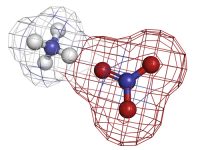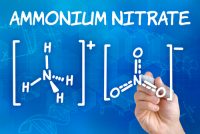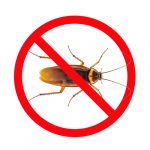UST O&M – Release Detection Changes in the Works
UST O&M—Release Detection Changes in the Works Leak detection is a key component of a compliant UST operation, but one that is often found to be lacking when it comes to ongoing system O&M. According to the EPA, although inspectors often find release detection equipment installed on UST systems, they also routinely find that it […]










